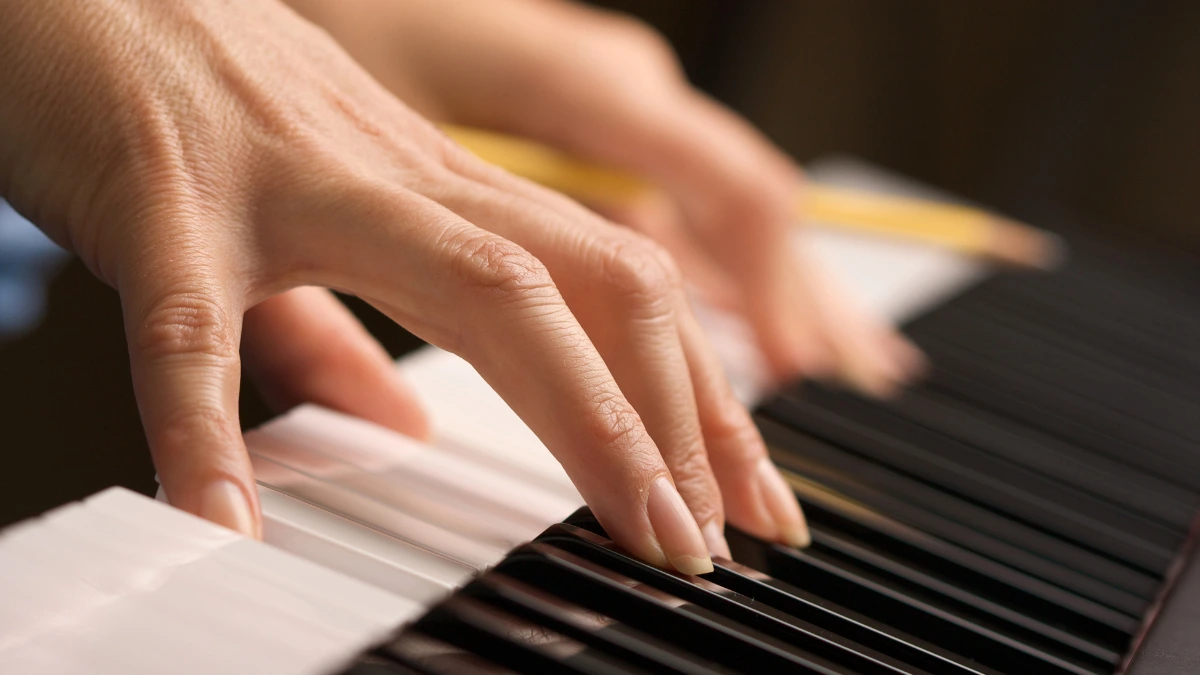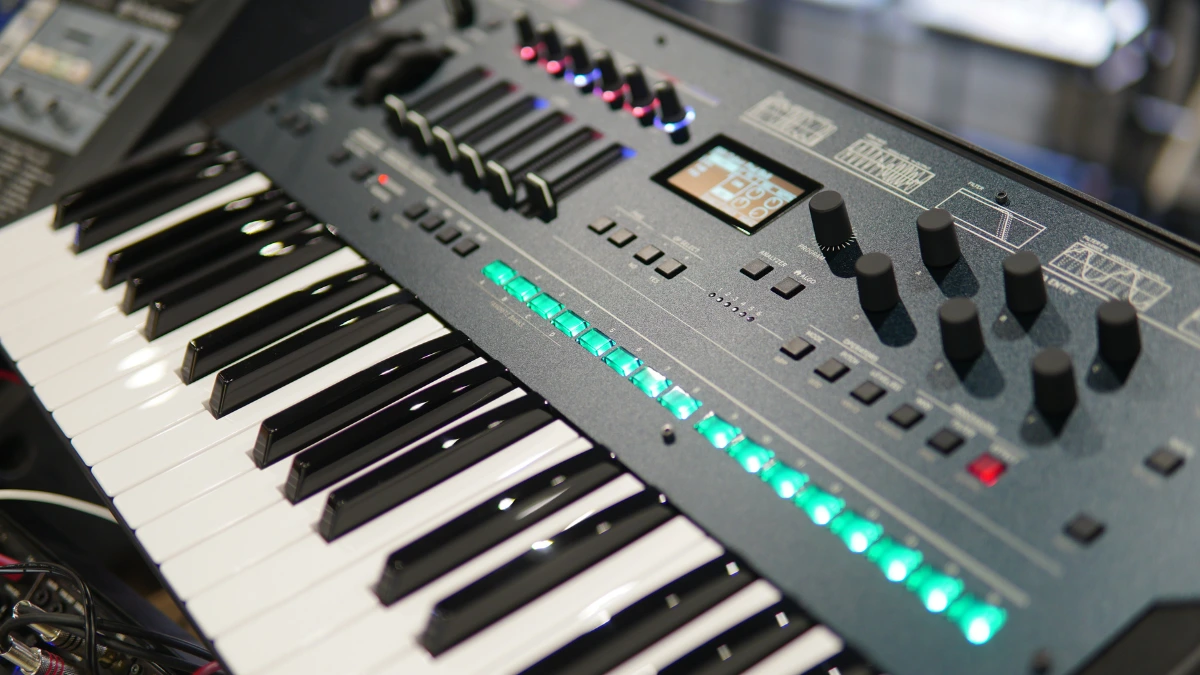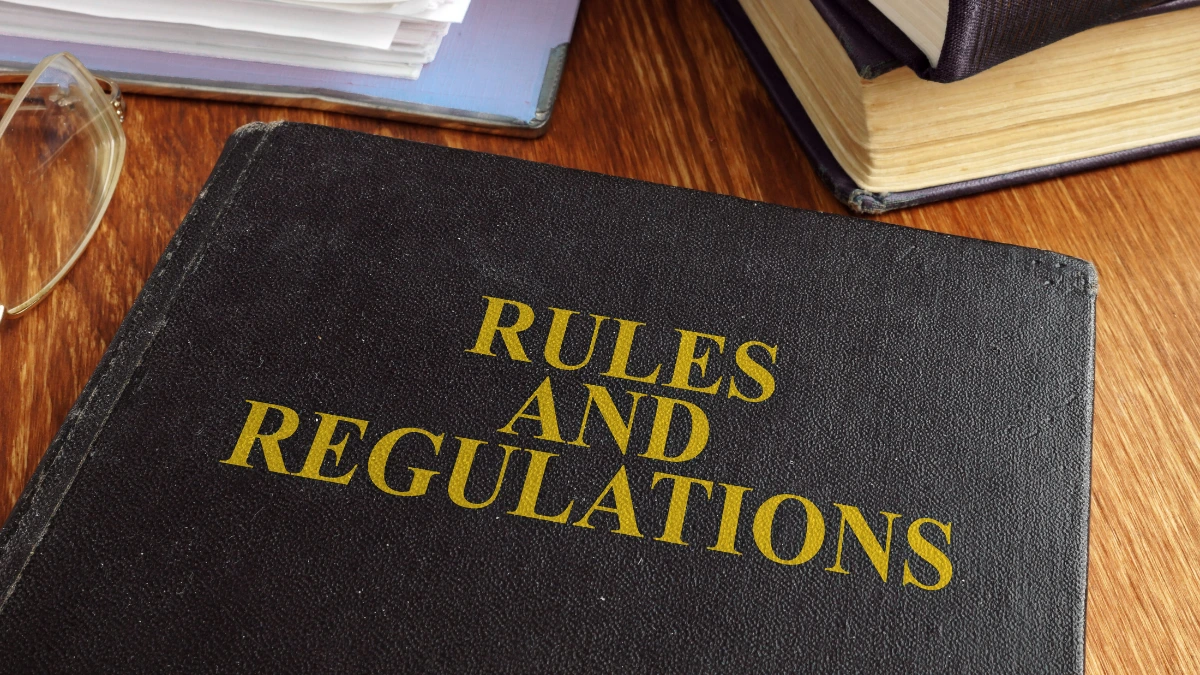Digital pianos are a practical alternative to acoustic pianos and are currently widely used by many people, from beginners to professional musicians and music teachers. This is because they are more compact, produce realistic sounds, and offer a wide range of features.
One of the most interesting features of digital pianos is Bluetooth connectivity. With this feature, users can connect the piano to other devices wirelessly, whether to send MIDI data, play music, or synchronize learning applications.
The Bluetooth feature on digital pianos requires certification that must meet regulatory requirements before the product can be distributed in Indonesia. So, let's review the definition, how it works, its features, and its regulations.
What is a Digital Piano?

A digital piano is an electronic musical instrument designed as an alternative to acoustic pianos. The sound source of this piano is not produced from the vibration of wooden boards through steel strings struck by hammers connected to keys, but rather from sampling or sound synthesis technology stored in internal memory.
For musicians who want a highly portable device that can be easily taken anywhere, a digital piano is the right choice. With this device, you can practice without disturbing others using the headphone output. Using this piano is also made easier because it does not require routine maintenance such as tuning.
How Does a Digital Piano Work?

In principle, digital pianos work like acoustic pianos. The difference is that the sound source comes from sampling technology or sound synthesis stored in internal memory.
When a key is pressed, sensors on the digital piano convert the pressure of your fingers into a digital signal. This signal then triggers the playback of acoustic piano sound samples stored in the internal memory or uses complex mathematical algorithms to generate sound in real-time based on various variables.
The processed digital signal then produces sound output through the piano's internal speakers. Alternatively, the sound output can be sent via an output cable to an amplifier or headphone output.
The Features of a Digital Piano

Digital pianos come with various features that enhance user comfort and creativity. Here are some of these features:
Bluetooth connectivity
Modern digital pianos are equipped with Bluetooth connectivity as one of their main features. With this feature, you can connect the piano to various other devices, such as smartphones, tablets, or laptops, for MIDI transfer, audio playback, and music app integration.
Headphone jack
Want to practice without disturbing those around you? You can plug headphones into the available output. That way, you can enjoy playing in silence.
Metronome for practice mode
A metronome is a tool that produces a steady sound (beat) to maintain tempo. This feature can help you improve your piano playing technique and maintain tempo.
Split & layer feature With this feature, you can play the piano with two instrument sounds at once. For example, you can play the piano with your right hand and the strings with your left hand. This enriches your playing because you can produce more than one instrument.
Internal recording
Digital pianos come equipped with an internal recording feature. You can easily record your performance for evaluation or share it on social media. You can also record your own compositions using this device. Simply save the file to a flash drive to transfer it.
Digital Piano Regulation in Indonesia

The digital piano uses technologies such as Bluetooth that operate within a specific frequency spectrum. In Indonesia, any Bluetooth-based wireless device is required to have a DJID (Directorate General of Digital Infrastructure) under the Ministry of Communication and Digital (KOMDIGI).
Digital piano regulation is based on KEPMEN No. 260 Tahun 2024, which requires all radio frequency-based devices to meet specific technical standards before being sold in the country.
The DJID certification ensures that the product meets government safety and quality regulations and does not interfere with other communication devices. The certification process involves technical testing, such as frequency adjustments, safety checks, and compatibility with the surrounding environment.
Once the tests are completed, products that pass are listed in a Test Result Report, which confirms that the product is safe and ready for sale in Indonesia. This report reassures customers that the product meets technical standards and is secure.
For companies wanting to sell digital piano detection in Indonesia, Type Approval Certification Services for ICT Products are available to assist with this process. This service includes preparing technical and legal documents, conducting required testing, ensuring compliance with regulations, helping companies streamline the certification process, and giving consumers confidence in certified products.